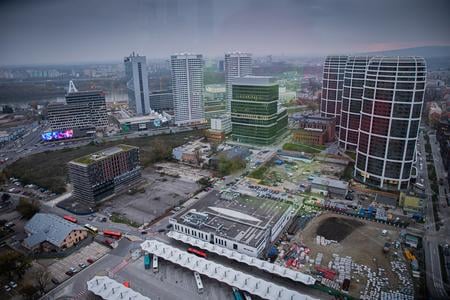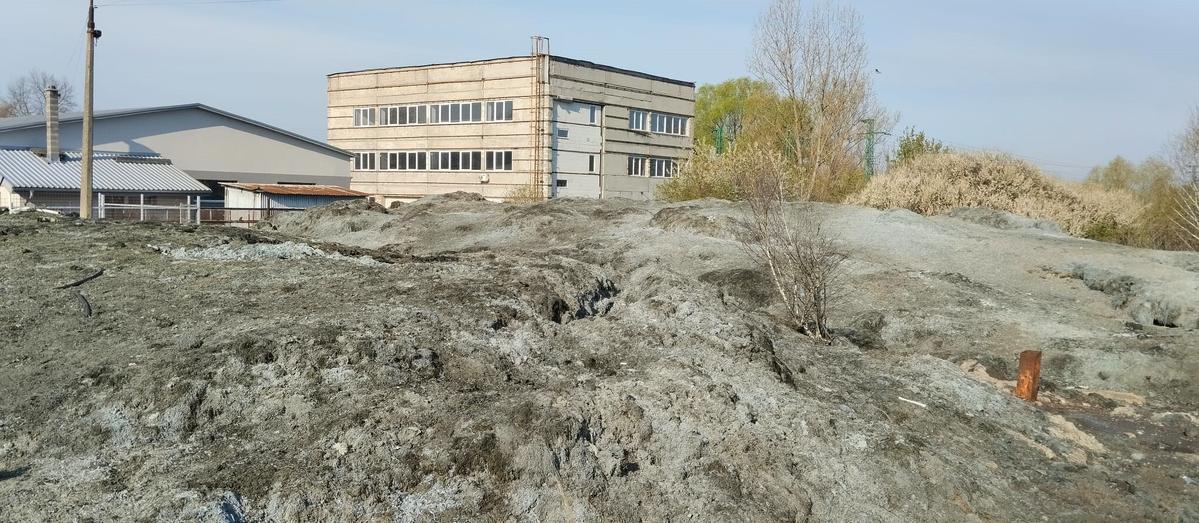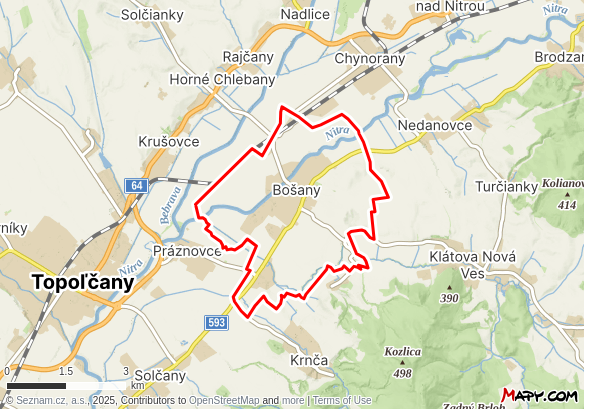Two landfills, left behind after the closure of the former state-owned tannery Koželužne Bošany in the 1980s and 1990s, are still causing problems today. Especially during summer, they produce strong odours, and firefighters and chemical experts have had to monitor the area for dangerous substances.
Located just 100 metres from the River Nitra, the landfills have become the most serious environmental hazard in the Trenčín Region. The Environment Ministry officially identified them as such in 2010 and 2011.
Now, after several decades, the village of Bošany in western Slovakia is finally set to see the sites cleaned up, reports the My Topoľčany website.

The larger landfill covers an area of 2,800 square metres, and the smaller one 1,200 square metres. Regular monitoring is ongoing, and pollutants such as ammonium ions, chromium, and chlorides — by-products of leather production — have been found.
The first public tender for the clean-up was announced in 2019, but it was cancelled due to political decisions. After a long delay, the process has restarted this year.
Because the waste dates back to the late 1980s and early 1990s, it is not possible to determine who was responsible for creating the landfill. As a result, the Environment Ministry has taken responsibility.
The clean-up of both landfills is part of a larger contract covering five polluted sites in total, including three in the Nitra Region. The estimated value of the project is nearly €9 million, and part of the funding will come from the European Union.
Sanitation work is expected to begin early next year and be completed by the end of 2030.



 One of the landfills in Bošany. (source: (KN))
One of the landfills in Bošany. (source: (KN))
